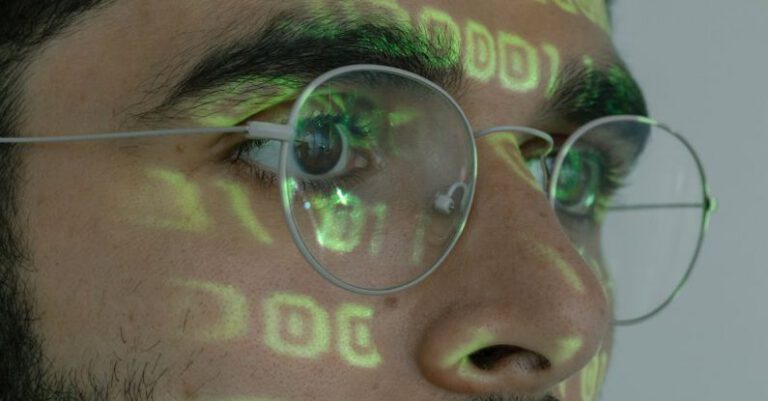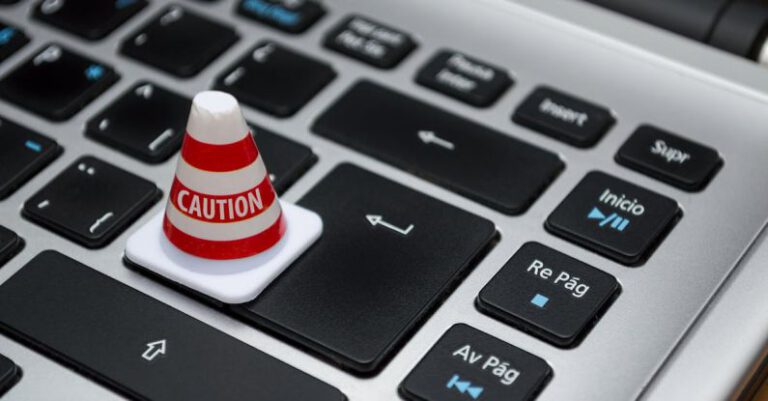Can Privacy Settings Prevent Personal Data Leaks?
In the digital age we live in, the issue of personal data privacy has become more critical than ever before. With the increasing amount of information we share online, the risk of data leaks and breaches has also risen significantly. Many of us rely on privacy settings on social media platforms and other online services to protect our personal information. But the question remains: Can privacy settings truly prevent personal data leaks?
**Understanding Privacy Settings**
Privacy settings are the tools provided by online platforms that allow users to control who can view their information and how much of it is accessible to others. These settings typically include options to adjust visibility for profile details, posts, photos, and other personal data shared on the platform. While these settings give users a sense of control over their privacy, they may not offer foolproof protection against data leaks.
**The Illusion of Privacy**
One common misconception among users is that setting their profiles to private provides complete protection against unauthorized access to their data. However, privacy settings can only go so far in safeguarding personal information. Hackers and malicious actors are constantly evolving their tactics to exploit vulnerabilities in online platforms, making it challenging to rely solely on privacy settings for security.
**Third-Party Risks**
Another factor to consider is the role of third-party apps and services that may have access to your data through the platform’s APIs. Even if you have strict privacy settings on your account, granting permissions to third-party apps can expose your information to additional risks. These apps may have their own privacy policies and security measures, which could potentially lead to data breaches.
**Social Engineering and Phishing Attacks**
No matter how stringent your privacy settings are, they cannot protect you from social engineering tactics and phishing attacks. Cybercriminals often use deceptive methods to trick users into revealing their personal information or login credentials. Once they have this data, it can be used to bypass privacy settings and gain unauthorized access to accounts.
**The Role of Encryption**
While privacy settings play a crucial role in protecting personal data, encryption is another key component in safeguarding information online. End-to-end encryption ensures that data is securely transmitted and stored, making it much harder for unauthorized parties to intercept or decipher the information. Platforms that prioritize encryption provide an added layer of security for users concerned about data leaks.
**Continuous Vigilance is Key**
Ultimately, the effectiveness of privacy settings in preventing personal data leaks depends on a combination of factors, including user behavior, platform security measures, and external threats. Users must remain vigilant and regularly review their privacy settings to ensure they align with their desired level of protection. Additionally, staying informed about the latest cybersecurity threats and best practices can help mitigate the risks of data breaches.
**Conclusion: A Layered Approach to Privacy Protection**
In conclusion, while privacy settings can offer some level of control over personal data visibility, they are not a foolproof solution for preventing data leaks. To enhance privacy protection, users should adopt a layered approach that includes strong passwords, regular security checks, encryption tools, and awareness of potential risks. By combining these strategies, individuals can better safeguard their personal information in an increasingly digital world. Remember, privacy is a continuous effort that requires ongoing attention and adaptation to stay ahead of evolving threats.






